Automation has become a core requirement in cloud computing. Organizations recognize its value not just for reducing errors and saving time but also for enabling IT teams to focus on innovation instead of repetitive, manual tasks. Hybrid cloud DevOps automation turns operational efficiency into a driver of progress.
According to the cloud automation market report, it is projected to grow from approximately $200.5 billion in 2024 to around $233.5 billion at the end of 2025, reflecting a compound annual growth rate (CAGR) of 16.5%.
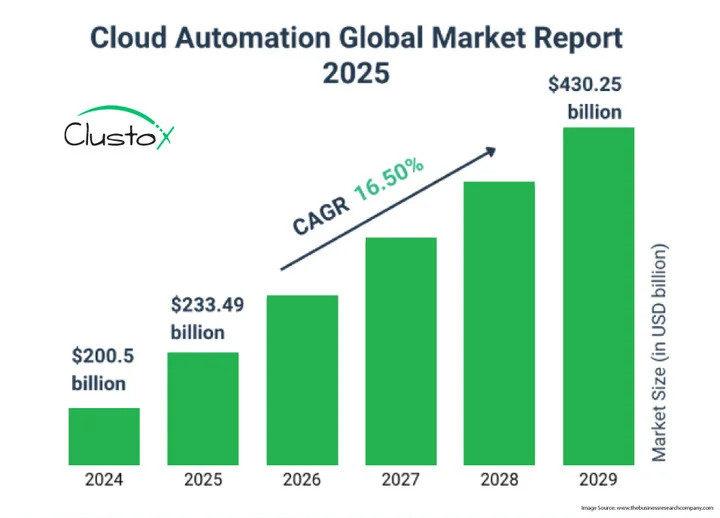
Modern organizations are increasingly adopting cloud DevOps practices, supported by cloud orchestration companies, to achieve governance, scalability, and operational agility.
This growing reliance on automation highlights the important role of DevOps tools for hybrid cloud, which serve as the backbone for managing hybrid cloud environments with consistency and speed.
However, with a vast range of options available, choosing the right platform can feel overwhelming.
To simplify the process, we’ve analyzed the best DevOps tools for enterprises in this blog, highlighting their distinctive strengths in modern cloud engineering.
How to Choose the Right Hybrid Cloud Orchestration Tools?
Choosing the right hybrid cloud orchestration tool is crucial for scaling efficiently, simplifying complexity, and meeting business goals. The best option balances technical strengths with your infrastructure, team culture, and long-term vision.
Consider the following criteria to understand which tools best fit your needs.
1. Existing Environment and Integrations
Check how well the tool fits into your current stack (clouds, CI/CD, monitoring, security). Strong API or native integrations reduce custom scripting.
Table of Contents
2. Skill Sets and Learning Curve
Adoption depends on team expertise. Tools like Ansible and Terraform are beginner-friendly, while Kubernetes and OpenShift need deeper skills. Factor in training needs.
3. Scale and Complexity
Match the tool to your infrastructure size. Lightweight tools suit small setups. However, large enterprises need scalable platforms like Kubernetes or Spinnaker.
4. Governance, Compliance, and Security
Prioritize RBAC, audit logs, and compliance support. Tools with built-in policy enforcement, such as OpenShift and Vault, help meet regulatory needs.
5. Cost and ROI
Balance open-source vs. enterprise pricing. Consider not just licenses, but hidden costs and long-term ROI from automation efficiency.
6. Vendor and Community Support
Strong communities and stable vendors ensure long-term reliability. Frequent updates, active ecosystems, and enterprise backing signal tool maturity.
7. Future Scalability
Choose tools that evolve with trends like AI automation, GitOps, serverless, and edge computing. Extensible platforms ensure future relevance.
Feeling the pressure of managing hybrid cloud complexity? We help enterprises pick the right DevOps tools to cut overhead and improve orchestration
DevOps Tools for Hybrid Cloud Orchestration: Key Categories and Leading Solutions
Orchestration tools ensure consistency across hybrid and multi-cloud environments. Here are the top 10 DevOps tools for hybrid cloud to consider this year:
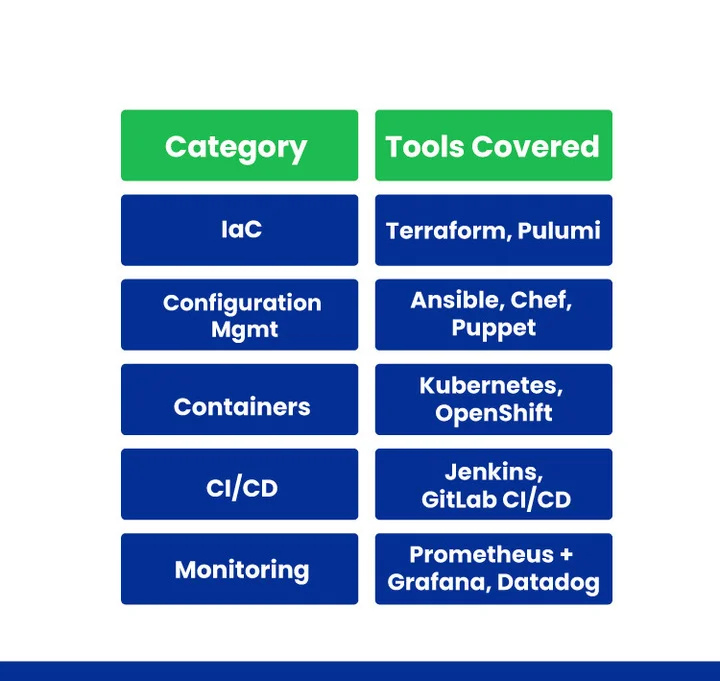
1. Infrastructure as Code (IaC)
Infrastructure as Code (IaC) tools help organizations define and provision hybrid cloud resources through code, ensuring consistency, scalability, and repeatability.
- Terraform (HashiCorp): A declarative IaC tool that supports multiple cloud providers (AWS, Azure, GCP, and private clouds). Its modular design and state management make it a cornerstone for hybrid cloud orchestration.
- Pulumi: Similar to Terraform but supports general-purpose programming languages (JavaScript, Python, Go, and C#) instead of only declarative syntax, giving developers more flexibility when managing multi-cloud and hybrid deployments.
2. Configuration Management
These tools automate the setup, deployment, and management of servers, applications, and dependencies across hybrid environments.
- Red Hat Ansible: Ansible uses YAML-based playbooks to manage infrastructure and application configurations across on-premises and cloud environments.
- Chef: Provides infrastructure automation through code and policies, ensuring consistency across diverse hybrid cloud setups. It emphasizes compliance and security at scale.
- Puppet: Known for its model-driven approach, Puppet automates infrastructure provisioning and configuration, making hybrid systems predictable and reliable.
3. Container Orchestration
Containers are central to hybrid cloud because they ensure portability across environments. Container orchestration platforms manage deployment, scaling, and networking.
- Kubernetes: Kubernetes enables workload portability across on-prem, private, and public clouds. It integrates with monitoring, CI/CD, and security tools seamlessly.
- OpenShift (Red Hat): Built on Kubernetes, OpenShift adds enterprise-grade features like developer tooling, enhanced security, and built-in CI/CD, making hybrid deployments smoother.
4. CI/CD Pipelines
CI/CD tools ensure continuous integration and continuous delivery across hybrid environments, enabling faster software releases with fewer errors.
- Jenkins: One of the most popular CI/CD tools, Jenkins is highly extensible with plugins that support hybrid cloud pipelines, automated builds, and deployments.
- GitLab CI/CD: Integrated within GitLab, it provides built-in source control, CI/CD, and DevOps workflows, ideal for teams managing hybrid infrastructures.
5. Monitoring & Observability
Monitoring tools give visibility into hybrid environments, helping ensure performance, security, and compliance.
- Prometheus and Grafana: Often paired together, Prometheus collects metrics from cloud and on-prem systems, while Grafana visualizes them. Together, they provide real-time monitoring for hybrid workloads.
- Datadog: A SaaS-based monitoring platform offering logs, metrics, and application performance monitoring across hybrid and multi-cloud environments, with strong integration support.
Why let workload scaling create problems? We orchestrate hybrid clouds with confidence and speed.
What Are The Challenges in Hybrid Cloud Operations?
Businesses are turning to hybrid cloud models to strengthen their IT operations. However, this shift has its own set of challenges listed below:
1. Lack of Expertise in Migration
Many enterprises face difficulties moving applications like ERP systems to the cloud due to limited expertise. Without the right strategy and cloud migration experts, it risks failure. Moreover, concerns like application sizing and performance in shared environments add to the complexity.
2. Inability to Keep Pace With Updates
Cloud providers release updates and new features at a rapid pace, but enterprises often struggle to keep up. This results in underutilized resources and slow adaptation, with studies showing organizations unlock only a fraction of the cloud’s true potential.
3. Governance and Compliance Issues
Enterprises in regulated sectors must balance cloud adoption with strict compliance standards like HIPAA or GDPR. Challenges such as unclear accountability, weak disaster recovery planning, and inconsistent best practices make governance a key obstacle to safe cloud adoption.
4. Security Concerns
With rising cloud adoption and remote work, enterprises face threats such as breaches, identity theft, and unauthorized access. While providers secure their platforms, businesses must strengthen their own defenses, align with security guidelines, and build robust protection strategies.
5. Challenges of Managing Multiple Clouds
To avoid vendor lock-in, enterprises adopt multi-cloud strategies, but managing applications across different providers introduces complexity. Ensuring unified policies, compliance, and security across environments is difficult, often requiring MSPs, yet still demanding strong oversight.
How to Develop a Hybrid Cloud Strategy with DevOps Tools?
Every business has unique infrastructure, workloads, and workflows. So, a hybrid cloud strategy must be customized and aligned with specific business priorities, industry needs, and growth objectives.
The following steps outline how to create a strategy that drives value:
1.Define a Clear Vision
Start with a vision that aligns hybrid cloud adoption to business priorities such as cost efficiency, compliance, modernization, or customer experience. Assess existing systems, skills, and challenges to design a roadmap that supports transformation without major disruption.
2. Identify Key Use Cases
Select use cases that bring measurable value. Common scenarios include backup and disaster recovery to ensure continuity, cloud bursting to handle demand spikes, and secure healthcare data management for regulatory compliance.
3. Plan Cloud Migration
Migration requires strategic planning. Choose from approaches such as lift-and-shift, refactoring, or rebuilding applications entirely. A clear migration plan reduces downtime and accelerates agility.
4. Assess Workloads
Not all workloads fit the same environment. Place applications strategically: AI, analytics, and big data workloads often perform best in hybrid setups where scalability and high-performance resources are available.
5. Choose the Right Partners
Select cloud providers that integrate with your existing infrastructure and offer unified management tools. A strong ecosystem should provide orchestration across multiple environments, reducing complexity and improving scalability.
6. Manage and Optimize Costs
Cloud pricing varies widely, and hidden costs such as data egress fees can increase expenses. Implement cost-monitoring tools to align usage with business value while preventing overspending.
7. Strengthen Security
Adopt a zero-trust framework and encrypt sensitive data across environments. Use AI- and automation-driven security platforms to detect threats in real time and secure distributed workloads across hybrid environments.
8. Ensure Compliance
Incorporate industry regulations such as GDPR or HIPAA into your strategy. Hybrid cloud offers flexibility to store sensitive data privately while utilizing public clouds for scalability, helping organizations adapt to evolving rules.
Conclusion
Selecting the right DevOps tools for a hybrid cloud is the first step toward success. The tools should fit business goals, integrate with DevOps pipelines, and offer scalability, automation, and compliance support.
Hybrid cloud operations often face challenges like rising costs, security risks, and workload management. DevOps tools address these by automating processes, reducing manual errors, and ensuring governance across environments.
Building a good hybrid cloud strategy requires combining automation, integration, and governance. By partnering with Clustox for custom DevOps solutions, enterprises can consolidate operations, improve efficiency, and fast-track their digital transformation.
Frequently Asked Questions (FAQs)
What Is the Estimated Cost of DevOps Tools for Hybrid Cloud in Large Enterprises?
The cost of DevOps tools varies widely depending on enterprise size, integrations, and vendor licensing models:
- Open-source tools (Jenkins, Terraform, Kubernetes): Free, but require skilled DevOps engineers for setup and ongoing management.
- Commercial SaaS/enterprise platforms (CloudBolt, GitLab, Azure DevOps, Harness): Typically range from $20,000 to $250,000+ annually, depending on the number of users, workloads, and feature sets.
- Custom hybrid cloud orchestration platforms: Can cost millions per year in licensing, infrastructure, and managed services for global enterprises with highly complex needs.
What Are the Benefits of DevOps Tools for Hybrid Cloud Adoption?
Adopting DevOps tools for hybrid cloud offers enterprises several strategic advantages:
- Faster Deployment Cycles
- Operational Consistency
- Scalability & Flexibility
- Cost Effectiveness
- Improved Security and Compliance
- Collaborative Efficiency
How Do Hybrid Cloud Orchestration Tools Help with Compliance?
Orchestration tools support compliance by enforcing policies, access controls, and audit trails across cloud environments. Features like role-based access control (RBAC), automated policy enforcement, and integration with compliance frameworks, such as GDPR, HIPAA, and SOC 2, ensure that workloads remain secure and meet regulatory requirements without manual oversight.
How Do I Choose the Right Hybrid Cloud Orchestration Tool?
When selecting a tool, consider scalability, multi-cloud compatibility, security features, automation capabilities, and integration with existing DevOps pipelines. Large-scale enterprises should also evaluate vendor support and cost efficiency.
Are security gaps and rising costs slowing down your cloud initiatives?

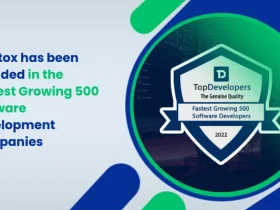
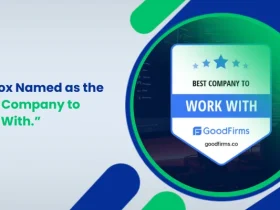
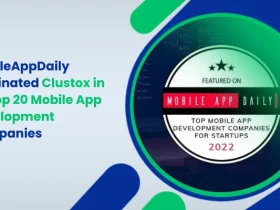
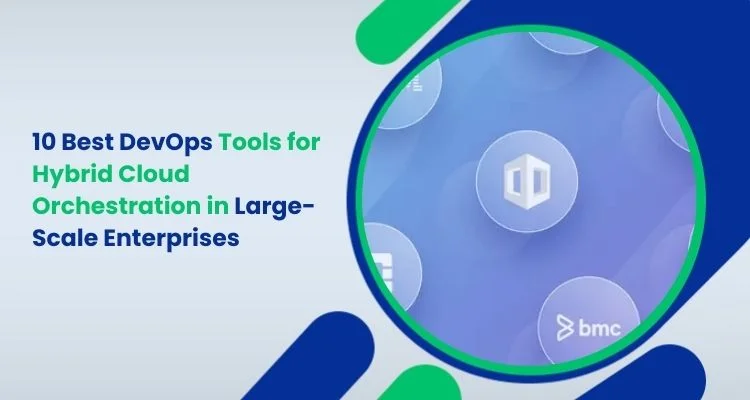

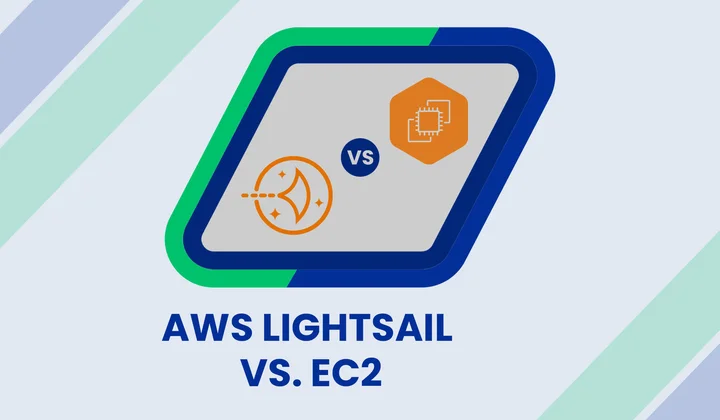

Share your thoughts about this blog!